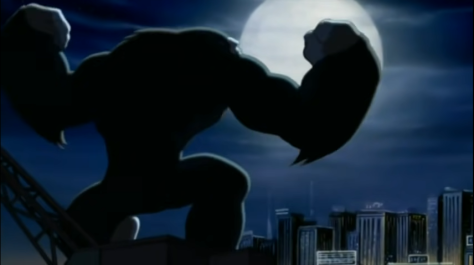
If there is any consistent thread you can find throughout the most well-regarded monster movies that premiered after the new millennium, it’s an attempt to bring a classical sense of economy and imagination to a subgenre that had been overtaken by bloat and complacency. While the possibilities of digital filmmaking are utilized, special effects are kept practical, both in the sense of being generally handmade and in that they are cost-efficient and serve a purpose other than showcasing soon-to-be-outdated CGI rigs—that also means budgets are low enough that actual risks can be taken in the subject matter and tone. Neil Marshall’s The Descent is generally held up as one of the best examples of that: here is a horror film based not on impossible effects or haunted house thrills, but a general ratcheting of dread to the point of physical discomfort, one that builds from a grounded place and then introduces its monsters as a form of escalation. This is a return to some of the most unsparing horror of the seventies and eighties, while adding some of its own stylistic touches that mark it as part of a growing movement of bold experiments from genre experts.





